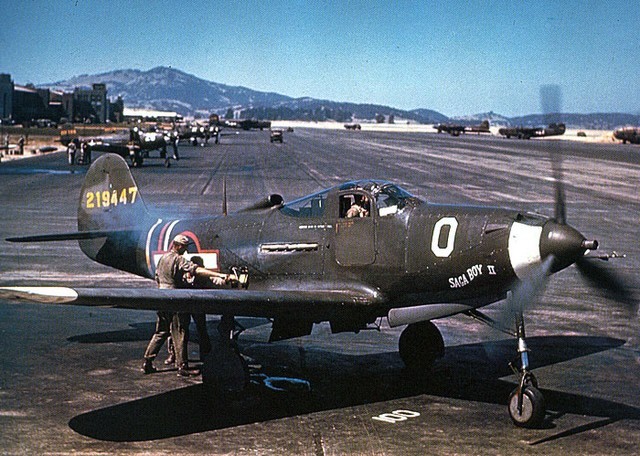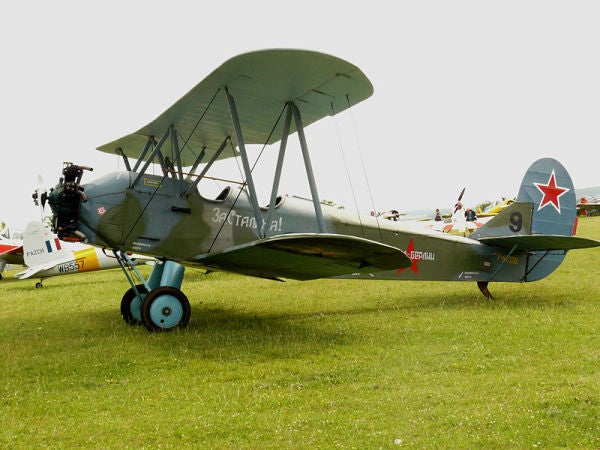AZrailwhale
Diamond Member
As usual, you are wrong. The Me-262 never had a bomb bay, it had two hardpoints behind the nose gear for bombs. The Me-263 never entered production and the He-162 was a deathtrap because the glue holding it together came undone in flightAr 234, Variant with four engines, scout and "lightning bomber":

Me 262, fighter, the antennas belong to the radar Fug 18. Many were forced to stay on the ground because Hitler ordered to include a bomb bay:
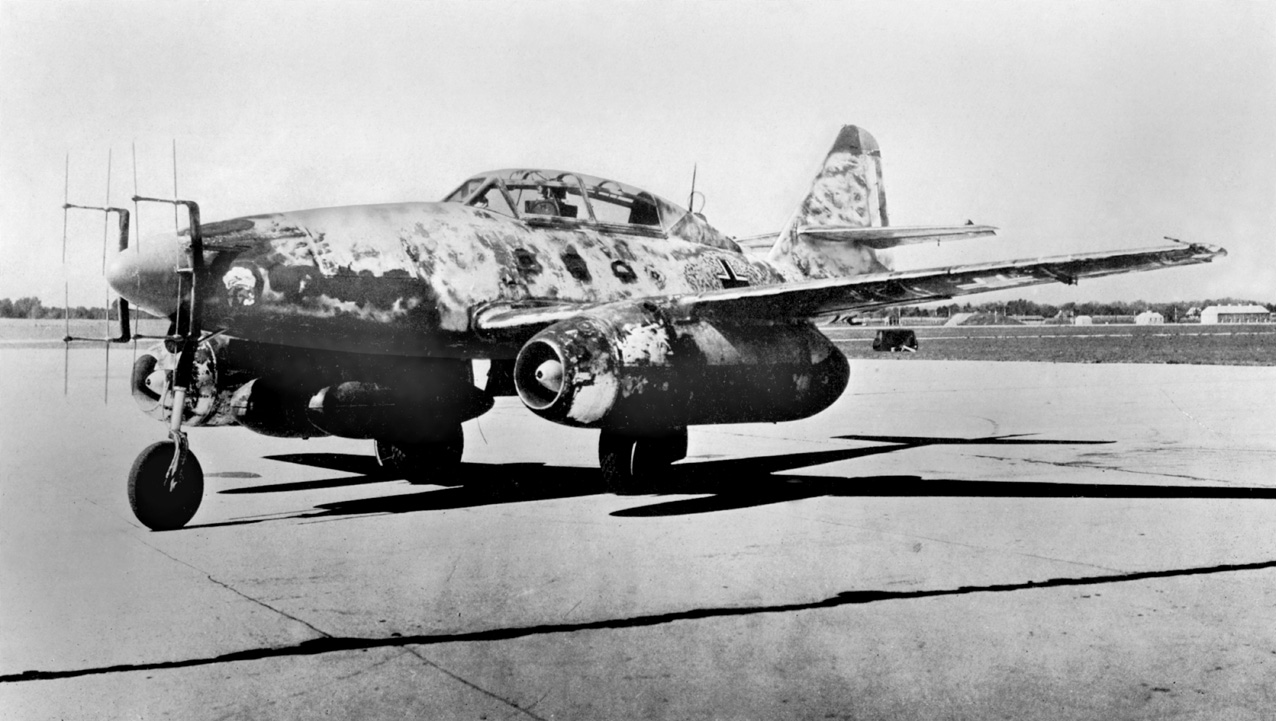
He 162, the "people´s hunter", fighter:

Me 263, fighter, not a jet engine, but rocket engine, transported to air by other planes, had only fuel for minutes, more losses than victories:


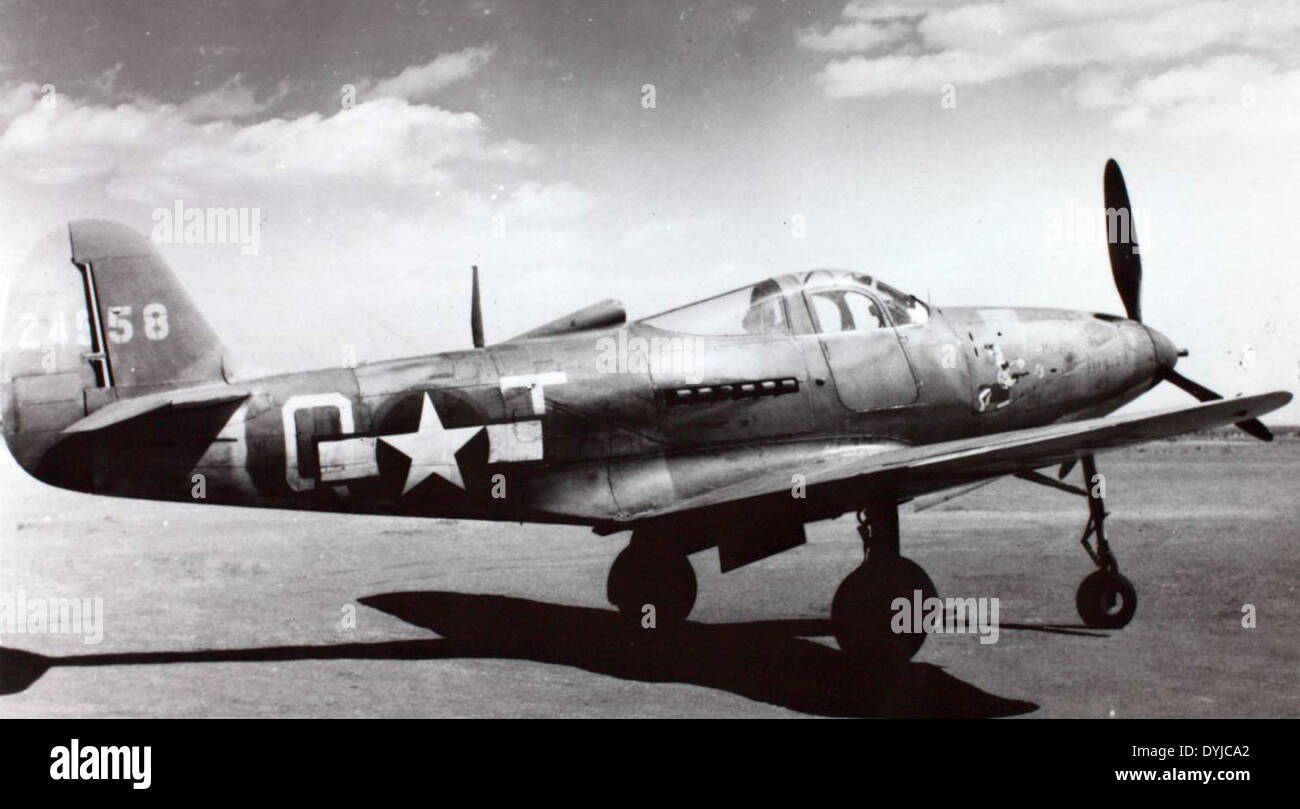





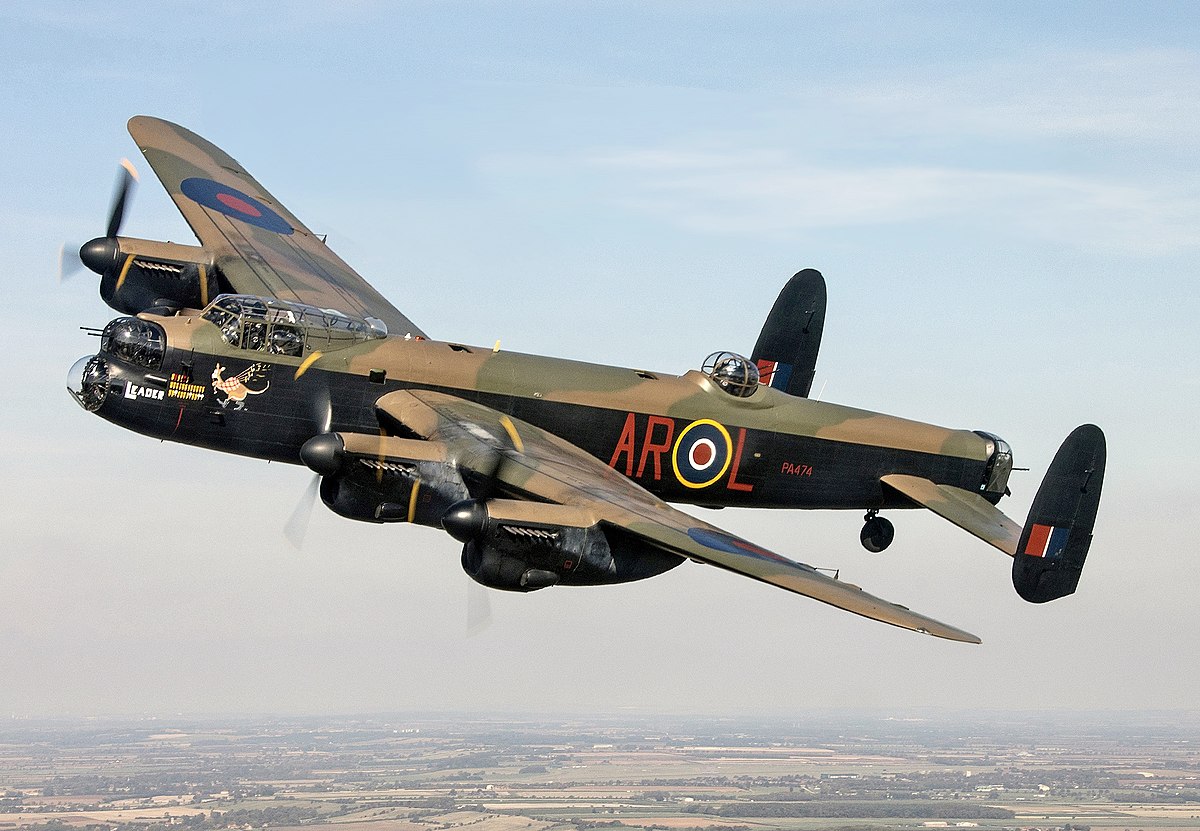


:extract_focal()/https%3A%2F%2Fpocket-syndicated-images.s3.amazonaws.com%2Farticles%2F7231%2F1634858869_GettyImages-585302009.jpg)
